Do you own a budgie? If so, you may be wondering about budgie anatomy. What do they look like on the inside? How do they reproduce?
In this blog post, we will answer all of your questions about budgie biology and lifecycle.
We will provide a guide to their anatomy as well as information about how they grow and develop. Keep reading to learn more!
Table of contents
The Budgie Anatomy :
Before we proceed to explain and analyze the members of the budgie bird. We have to know that there is a division of these organs, external and internal.
let’s go deeper together:
Understanding Budgie’s External Anatomy:
The external organs of the budgie are every organ that we can see and inspect by the eye. These members include:
The Feathers :
All budgies have feathers, which are modified scales that grow from the skin. The function of feathers is to provide insulation and protect the bird from the elements.
Budgies have two types of feathers: down feathers and contour feathers. Down feathers are soft and fluffy, and they grow close to the body. Contour feathers are the larger, outer feathers that give the budgie its shape.
(There is a special case called Syndrom of Feather Duster Budgie read more about it here)

The Beak :
The beak is a hard, keratinous structure that budgies use for eating, drinking, and grooming. The beak is made up of two parts: the upper mandible and the lower mandible.
The upper mandible is attached to the skull, and the lower mandible is hinged to the upper mandible. This design allows budgies to open and close their beaks.
The Eyes :
Budgies have two eyes situated on either side of their head. The eyes are protected by a thin layer of skin called the eyelid.
The budgie also has a third eyelid, called the nictitating membrane, which helps to keep the eye clean and moist.
The budgie’s eyes are very sensitive to light and changes in the environment. This is because they have a large number of photoreceptor cells, which are responsible for converting light into electrical signals.
The breeder can also know the age of the bird by inspecting the iris of his eye
The Feet :
Budgies have four toes on each foot. Three of the toes point forward, and one points backward. This arrangement is known as anisodactylous.
The budgie’s feet are adapted for perching. The toes are equipped with claws, which help the budgie grip onto branches and other surfaces.
The cere :
The cere is a fleshy, waxy growth that covers the budgie’s nostrils. The cere is used to secrete oils and other substances that keep the budgie’s beak and feathers healthy.
The cere also contains the budgie’s blood vessels and nerves. The cere is usually blue in males and brown in females.
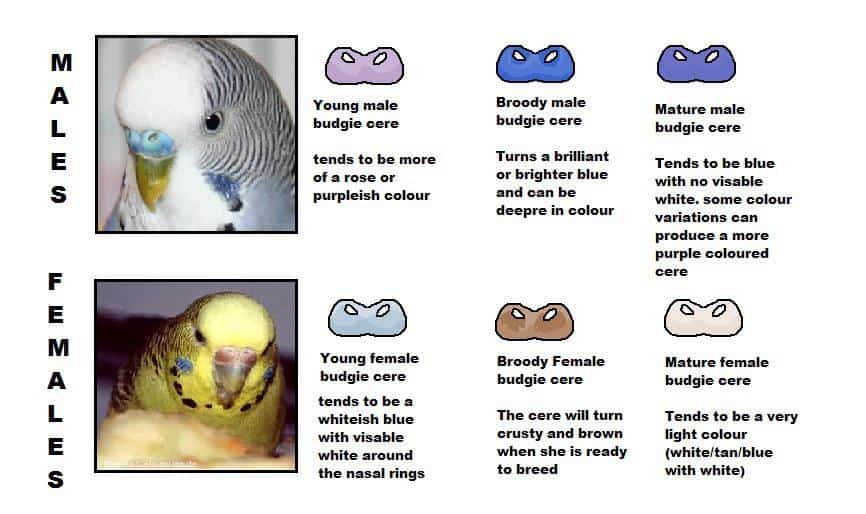
The Tail :
The tail is made up of a series of feathers called rectrices. The budgie uses its tail for balance and steering while in flight.
The budgie can also spread its tail feathers to communicate with other budgies. For example, a budgie might spread its tail to show that it is happy or exciting.
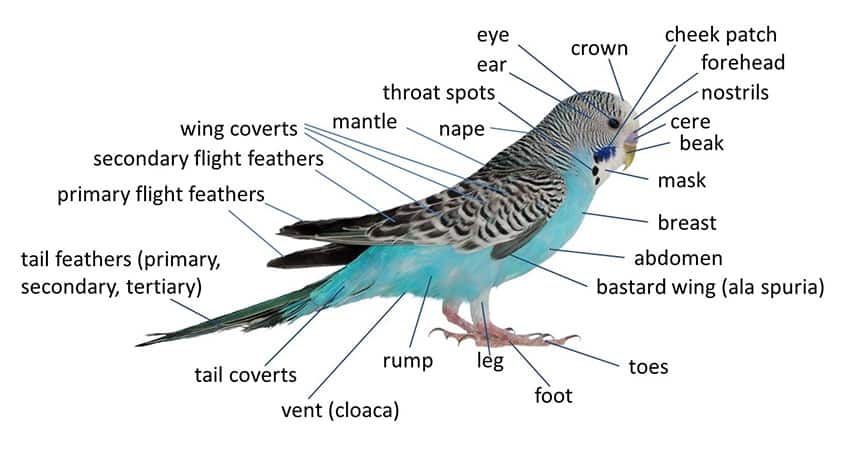
Now that we have covered the external anatomy of the budgie, let’s move on to the internal organs.
Understanding Budgie’s Internal Anatomy [ Birds Anatomy]
The internal organs of the budgie are located inside the body cavity. These organs include:
Digestive Tract:
The budgie’s digestive tract is responsible for breaking down food and absorbing nutrients.
The budgie’s crop is a storage organ located at the base of the neck. The budgie uses its crop to store food before it is digested.
The budgie’s gizzard is a muscular organ located further down the digestive tract. The gizzard grinds food into smaller pieces, which makes it easier for the budgie to digest.
The Respiratory System:
The budgie’s respiratory system is responsible for exchanging gases between the bird and the environment.
The budgie’s lungs are located inside the body cavity. The lungs are filled with air sacs, which help to increase the surface area for gas exchange.
The budgie’s trachea is a tube-like structure that carries air from the lungs to the rest of the body.

The Circulatory System:
The budgie’s circulatory system is responsible for transporting blood and nutrients around the body.
The budgie’s heart is located inside the body cavity. The budgie’s heart pumps blood through the arteries and veins.
The budgie’s bloodstream carries oxygen and nutrients to the cells, and carbon dioxide and waste products away from the cells.
The Excretory System:
The budgie’s excretory system is responsible for removing waste products from the body (Budgie Poop).
The budgie’s kidneys are located inside the body cavity. The kidneys filter the blood and produce urine.
The budgie’s urinary bladder stores urine until it is ready to be excreted.
Now that we have covered the budgie’s internal anatomy, let’s move on to the budgie’s lifecycle.
Budgie Lifecycle :
The budgie’s lifecycle begins with the egg. The budgie’s mother lays the egg in a nest, and the father budgie helps to incubate it.
After about 18 days, the egg hatches, and the budgie chick is born. The budgie chick is blind and naked at this stage.
The budgie chick grows quickly, and its feathers begin to grow in after about two weeks.
At six weeks old, the budgie chick is ready to leave the nest.
After about 18 days, the egg hatches, and the baby budgie, or chick, is born.
The chick is covered in downy feathers, which help to keep it warm.
The budgie chick grows quickly, and its feathers begin to grow in after about two weeks.
At six weeks old, the budgie chick is ready to leave the nest and start exploring the world on its own.
Budgies typically live for about five years, but some budgies have been known to live for up to 20 years.
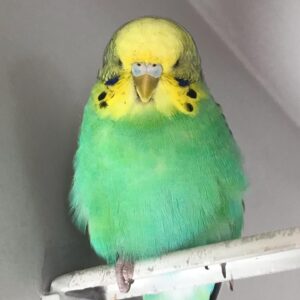
Final Words
All in all, if you are a budgie pet owner, it is important to be aware of the various organs your pet possesses and know how to take care of them.
The more informed you are about your bird’s health, the better equipped you will be to handle any potential problems that may arise.
Have you ever had to deal with an illness or injury in your bird? If so, what was the experience like? Let us know in the comments below!

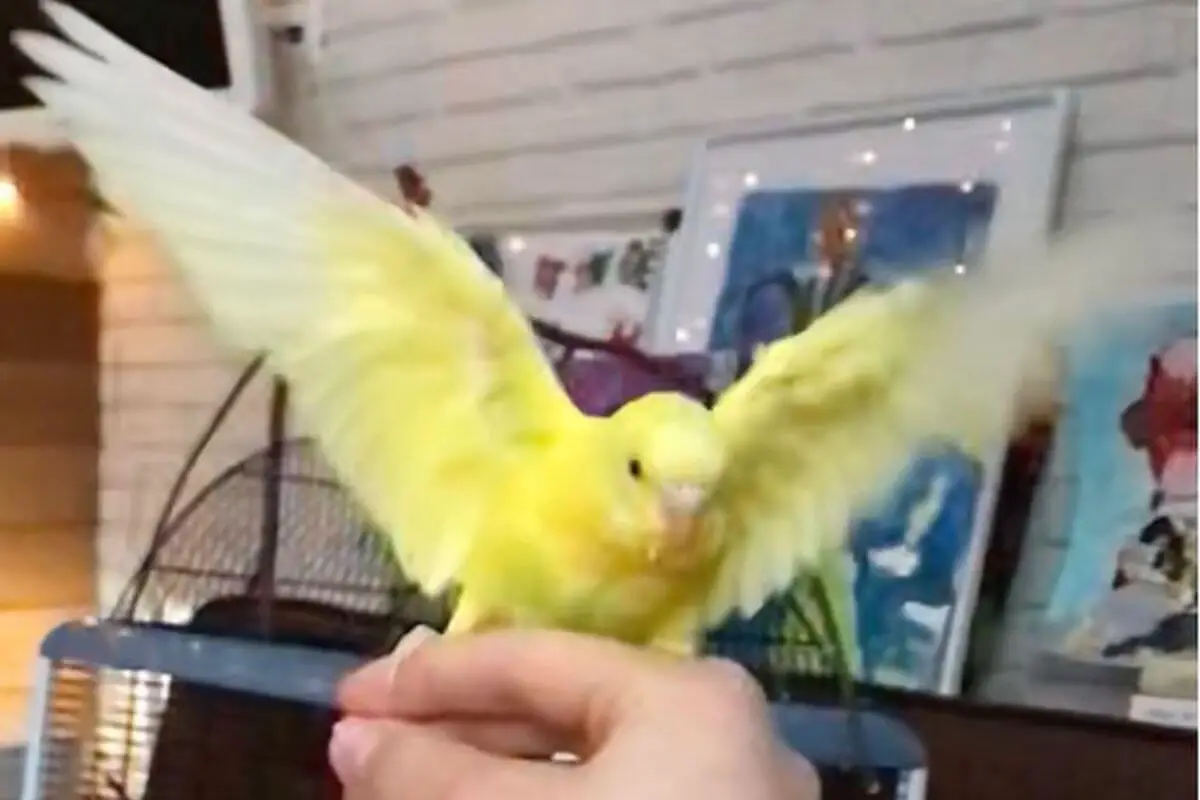
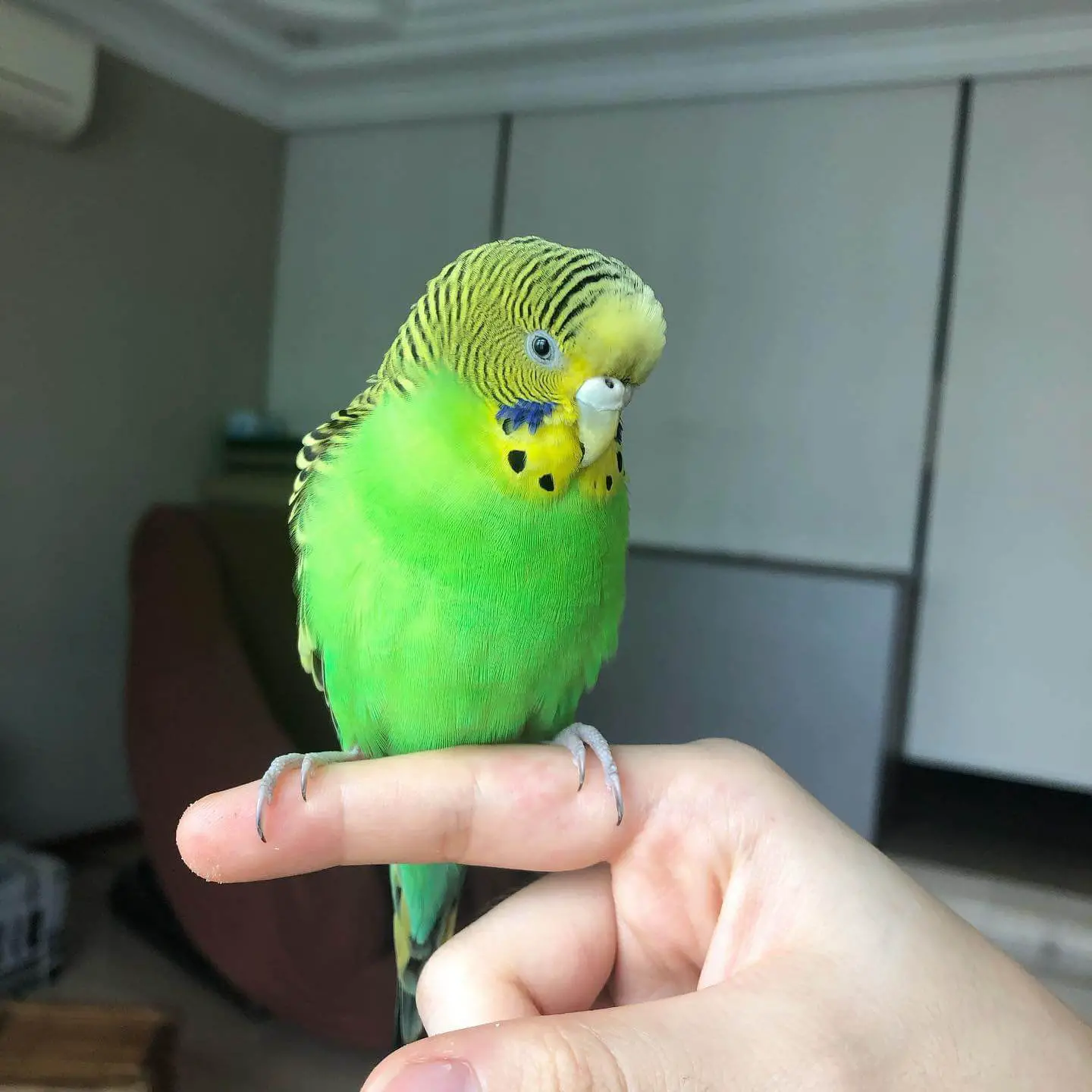


Leave a Reply